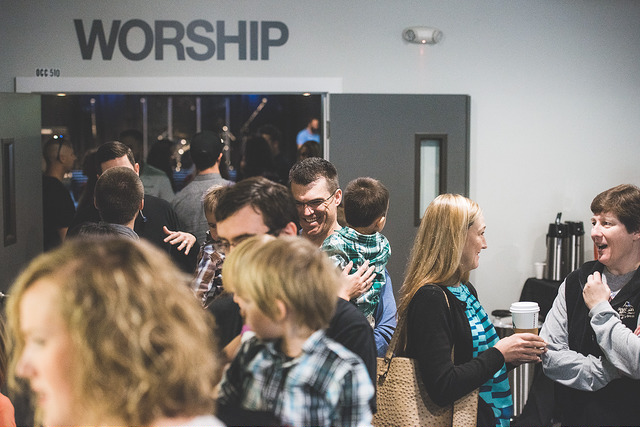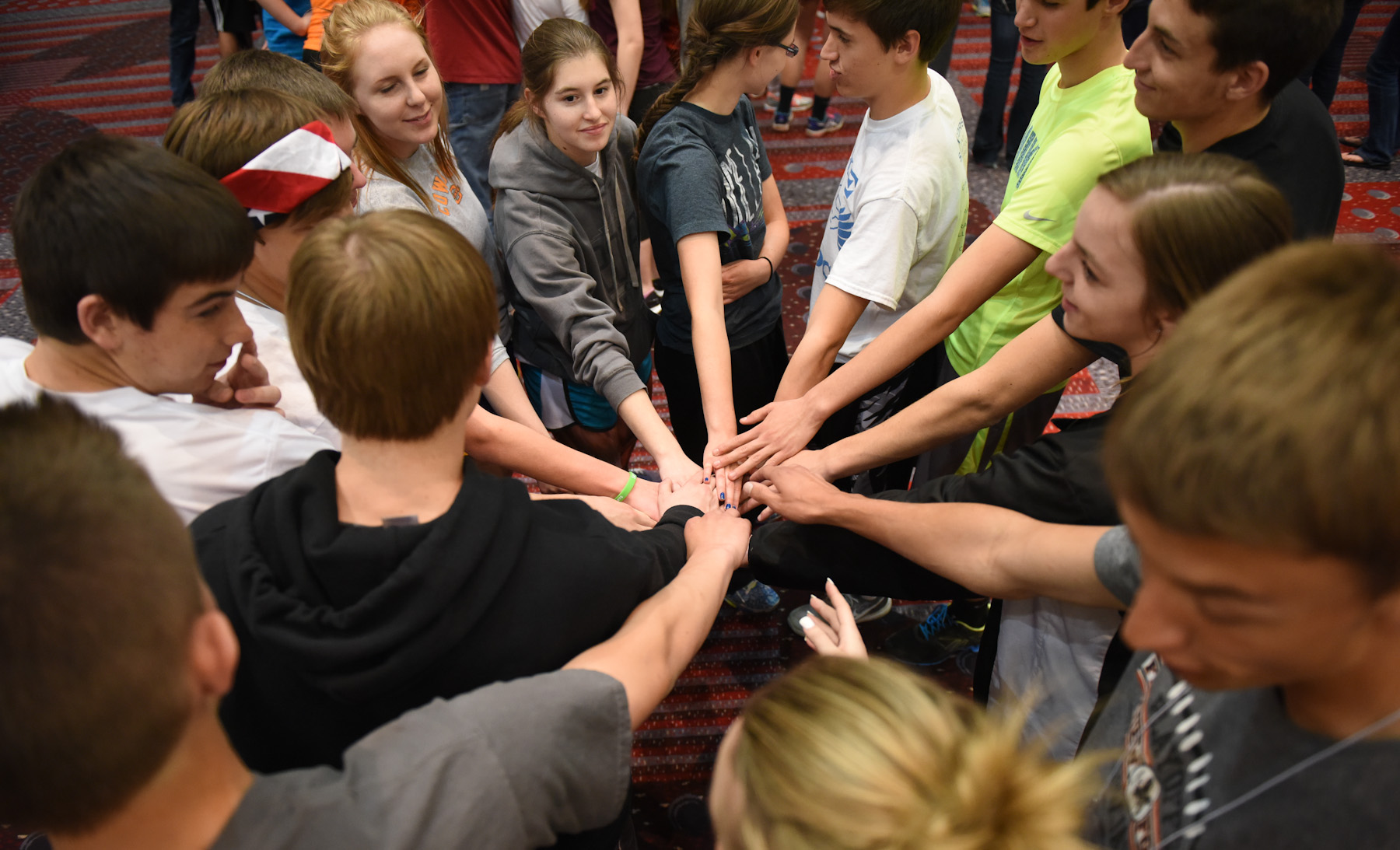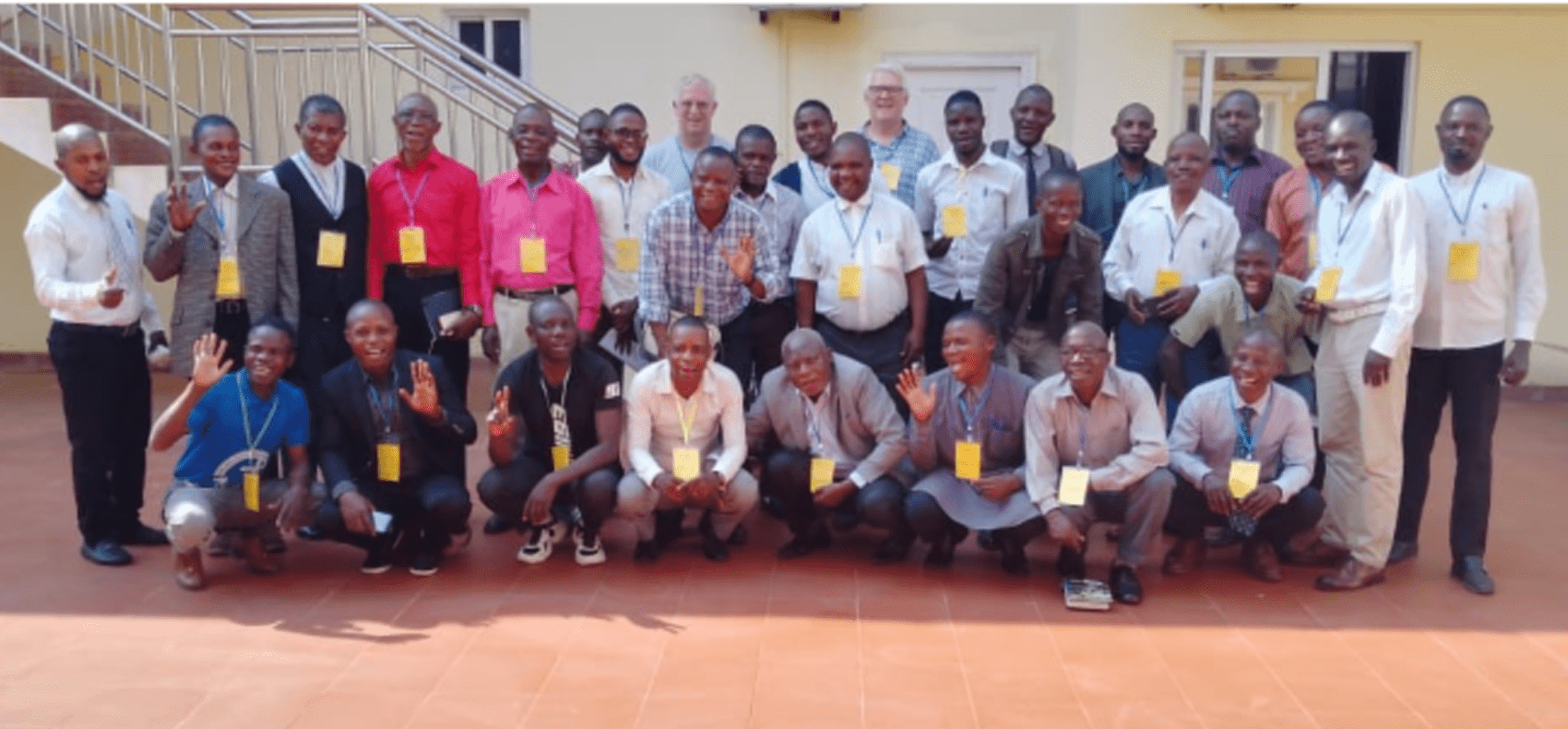Three-Minute Rule
It is great to see our friends and family at our church gatherings on Sunday. We can’t wait to see them after the service and find out if they have lunch plans or to hold their baby or just catch up. It is a special part of the gathering. But is it what we should be doing?
Visitors may feel left out by our camaraderie with one another. What if a church family invested the first three minutes after a service to connecting with guests only? Most guests are looking for the door at the close of a service. In fact, some may leave after the sermon to avoid any awkward socialization. Ed Stetzer described it this way:

“The three-minute rule begins when the final prayer is said or song is sung. This is not the time to talk to your best friends. During those first three minutes, two things are going to happen: people who are familiar are going to talk to each other and people who don’t know anyone are going to leave quickly. This is where it’s crucial. If you take the time in those first three minutes to talk to the people who aren’t connected, you will have time afterward to talk to your friends who are more likely to stick around. You need to see those first three minutes after a church gathering as a time-sensitive corporate fishing pool for [assimilation]. You have three critical minutes to look immediately around for people who are not connected to the body. Be friendly to them, ask them if they are in a small group, and invite them if they are not connected to one.” (Read the full article here.**)
It is also important that key leaders position themselves near the exit doors after the sermon. This is when guests will use an opportunity to exit quietly. Don’t take it personally or try reading into it. It is what we do after a movie on TV or in the theater. Who watches all (or any) of the credits?
Try implementing the Three-Minute Rule as an experiment in your church this week.
*About the author: Scott Thomas is the associate national director of C2C network in the U.S. Scott has served over 33 years as a lead church planter and church re-planter, and as a board member in three international church-planting networks. Scott and his wife of 34 years, Jeannie, live in Toronto, Canada, and enjoy spending time with their children and a new grand daughter.
**”This article first appeared on ChristianityToday.com on Dec. 16, 2013. Used by permission of Christianity Today, Carol Stream, IL 60188.”
Send your idea to don@usmb2stg.wpengine.com
- CATEGORY E-ideas










